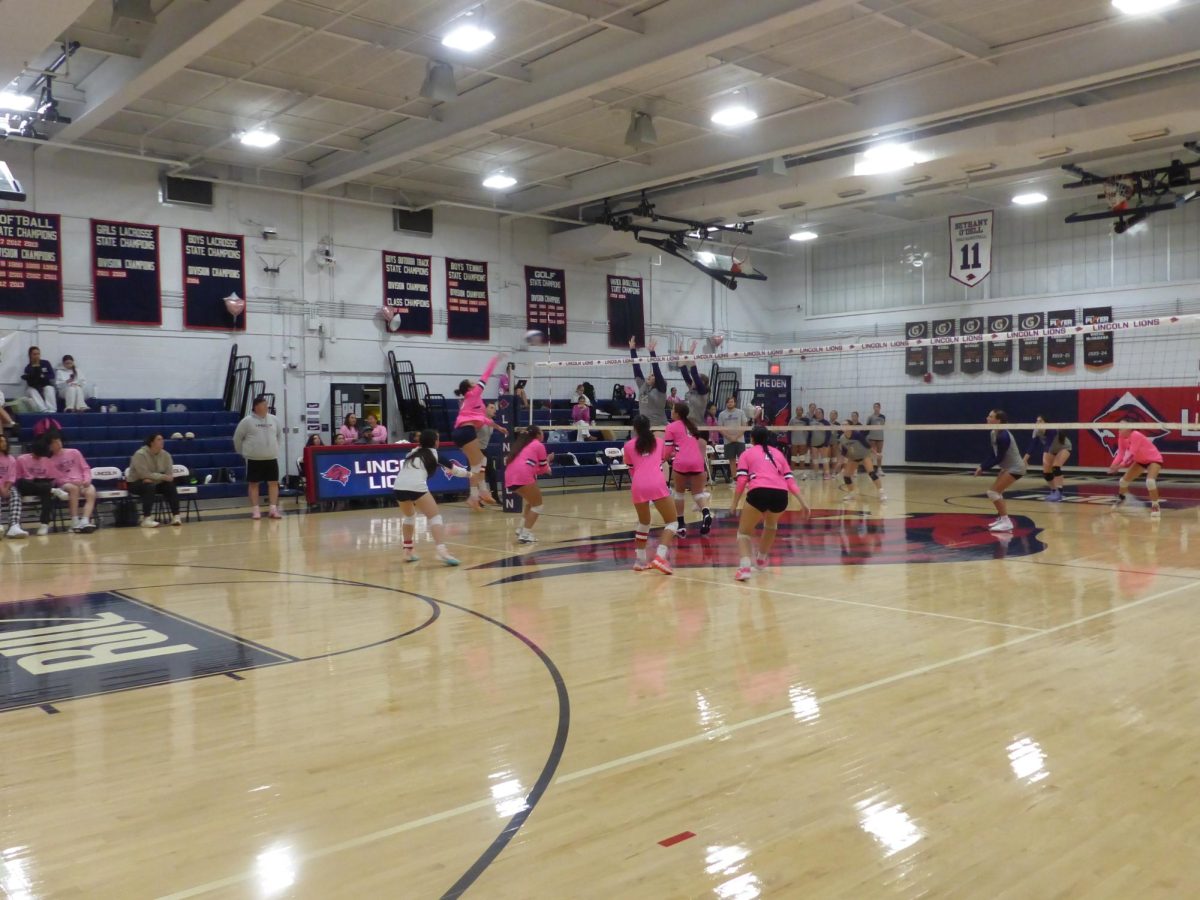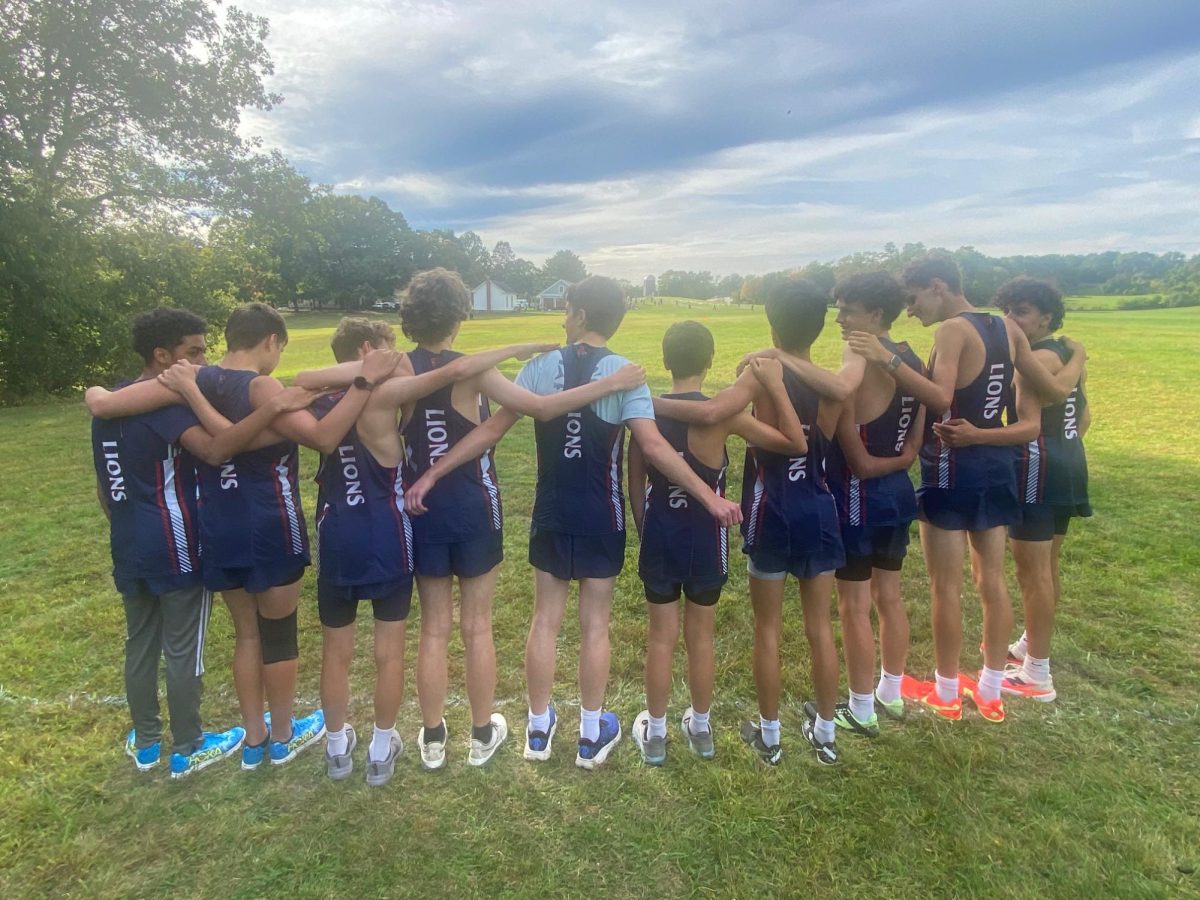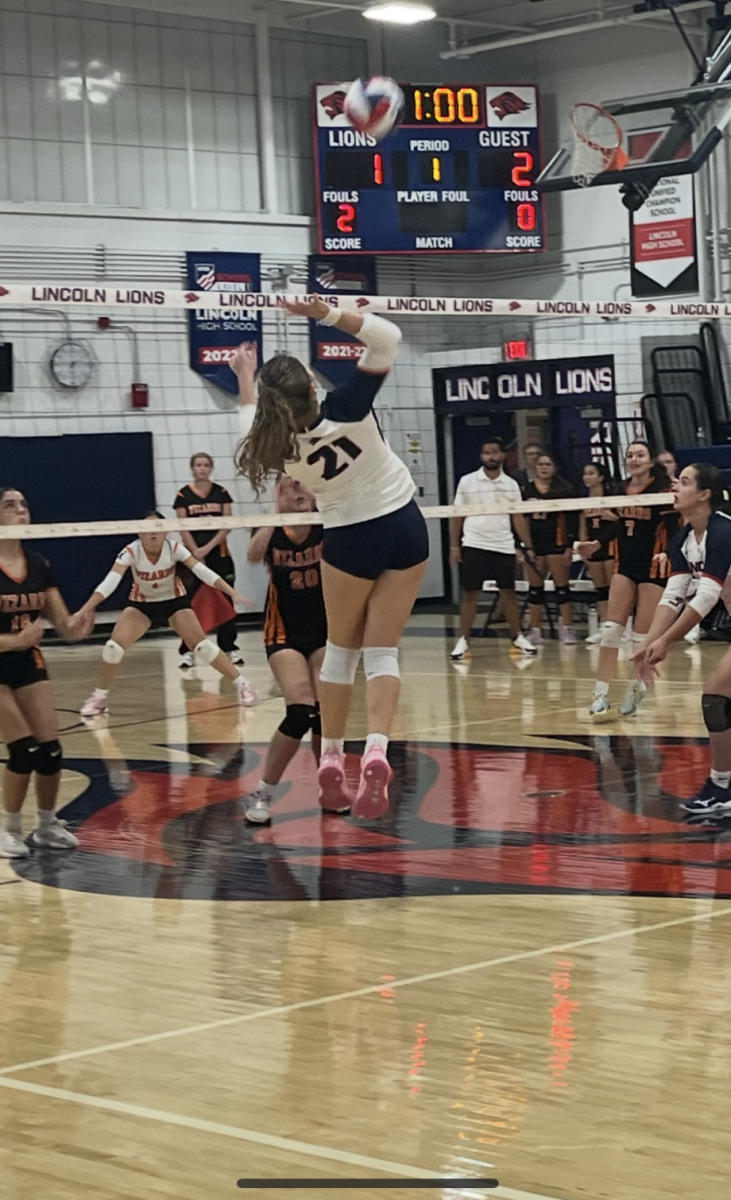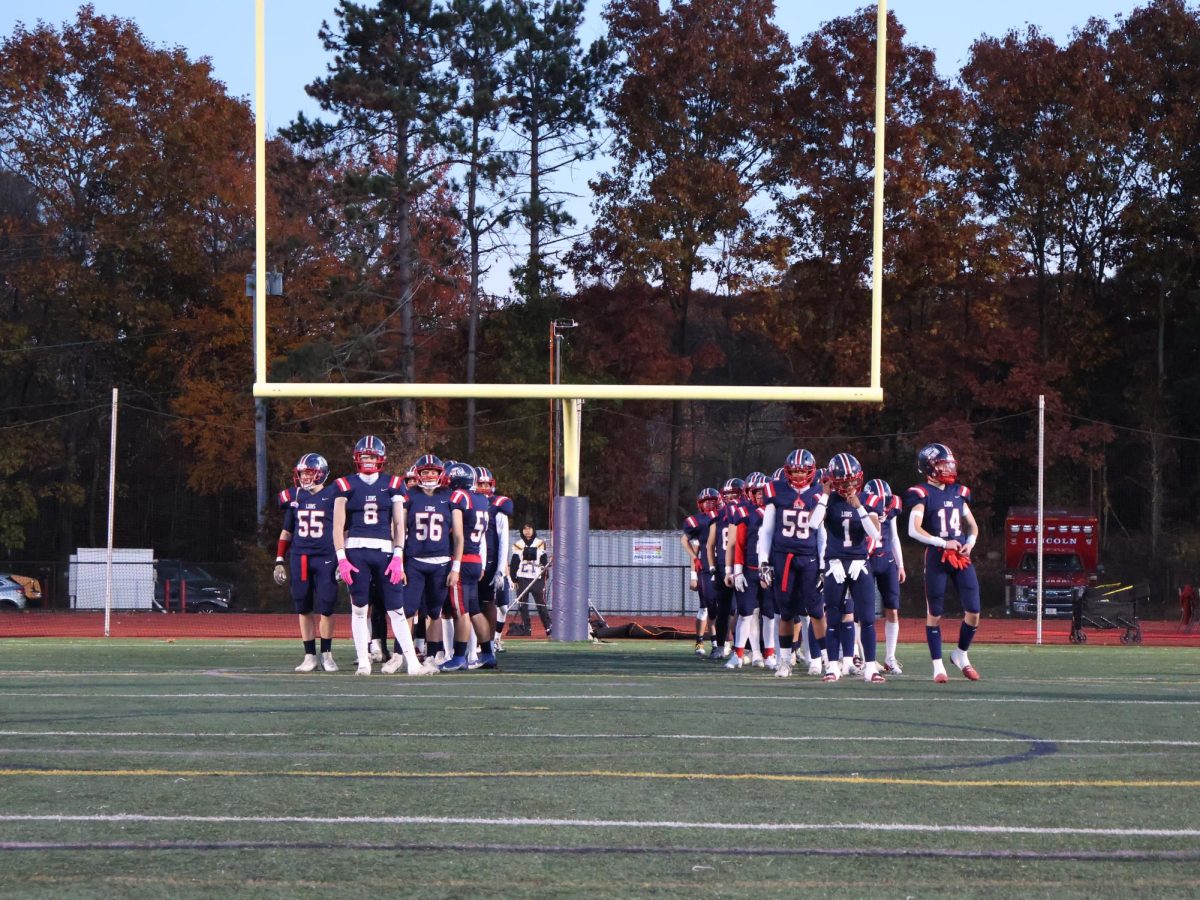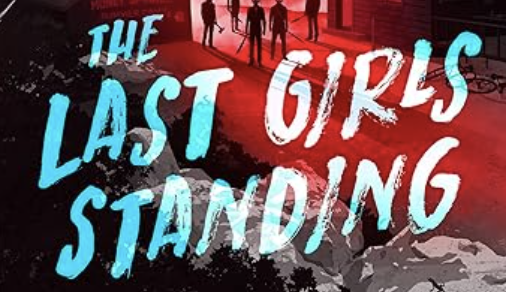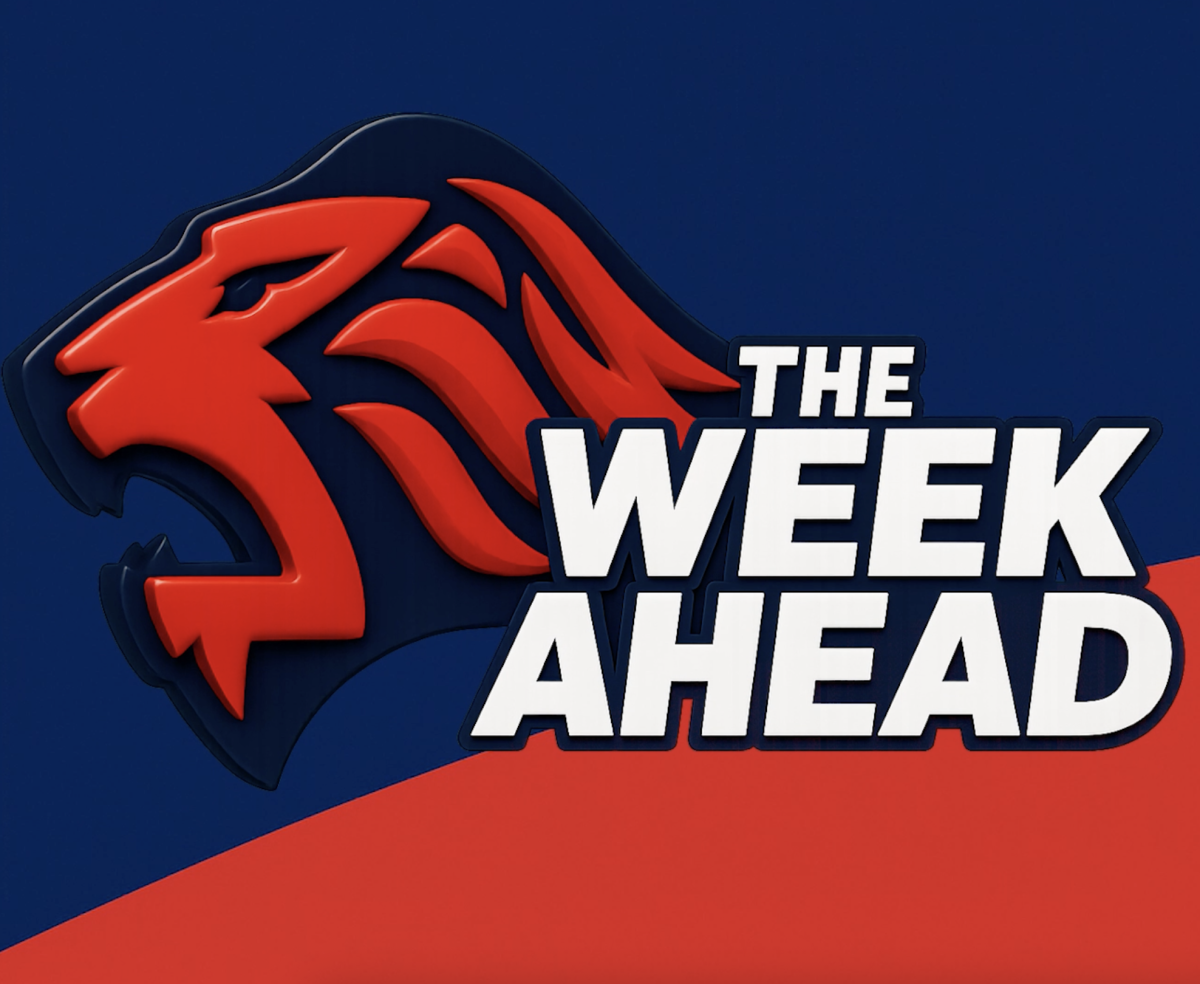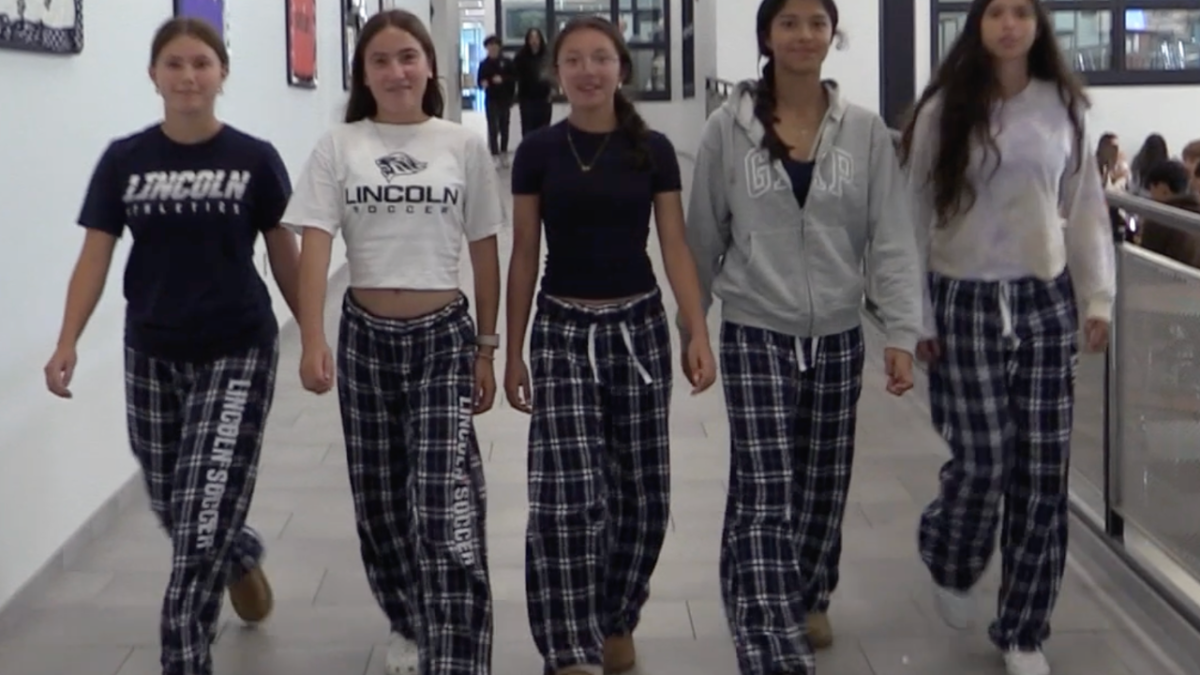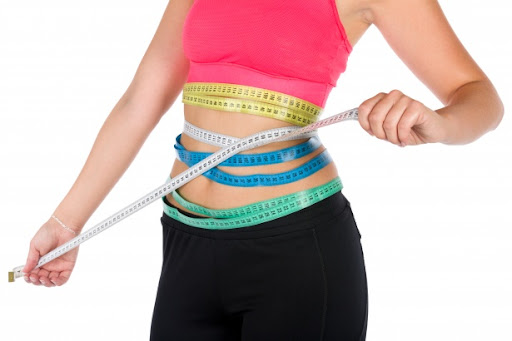The Trend Effect On Women’s Bodies
November 15, 2022
Recently, many of the Kardashians, noticeably Kim, got their BBLs removed. Now this in itself does not really mean much, but considering the Kardashian’s position in popular culture, this can be taken as a definitive shift from the ‘BBL era.’ The beauty standard pre-pandemic had upheld a curvy, hourglass body. However, we have seen over the years that the ‘ideal figure’ has become slimmer and slimmer and slimmer. The fact that the Kardashians, the poster children for this body type, have reversed the procedure is telling of overall societal shifts. Also, in general, some of today’s most popular celebrities, like Bella Hadid, Lily Rose Depp, and Madison Beer are all extremely skinny. Additionally, many trends from past eras have come back that are built to flatter a thin silhouette. Modern Y2K takes from late 90’s and early 2000’s fashions, in which the era’s icons were Paris Hilton and the original supermodels, and the fashion, including low-waisted jeans and tiny crop tops, only modeled and marketed towards the skinny. The ‘coquette’ look also takes from the ’90s, as well as 2014 Tumblr, particularly from circles known for glamorizing eating disorders. In addition, the style is known for including popular items from Brandy Melville, a brand notorious for its ‘one size’ policy and purpose exclusion of those above a size 4.
Now, there is a lot to be said about how the entire BBL essentially commodified and ‘sold’ a body type mostly typical naturally among POCs to a white audience. Additionally, the procedure itself is considered one of the most dangerous surgeries to undergo, and it can lead to terrible health risks, as well as it just not being a realistic standard. But obviously, pushing only a hyper-skinny agenda is not healthy either. All we have to do is look at the past vocabulary of those who upheld the ‘waif’ body type, like when Kate Moss said “Nothing tastes as good as skinny feels.” It is basically the building blocks for an eating disorder, and we have seen time and time again how it actually does manifest into such awful things if we just look at the internet. There are countless examples of ‘thinspo’ groups and pages of women who aspire to be as thin as they can be. There have even been worrying posts on TikTok of girls bragging about how little they ate today. It even has become somewhat of a meme, with TikToks captioned “What I eat in a day as a coquette girl” describing the subject as eating only cigarettes and inedible things like pearls “on a cheat day.” These videos are lighthearted, but they present the general consensus that yes, there are genuine examples of girls who do simply develop eating disorders fueled by content they consume on the internet.
And of course, this is nothing new. The Victorian era had bustles to make a more curvaceous figure, particularly in the back. The ’20s had silhouettes that prioritized a flat, thin, rectangular figure, with the flapper’s drop-waisted dress being fashionable for the same reason. The ’50s went back to a more curvaceous figure, especially a Marilyn Monroe-esque hourglass type. You could even get a bullet bra to over-accentuate the chest to cartoonish proportions. Even outside of the western world, such as in East Asia, for example, there are random body ‘trends.’ Right now in China, due to the body types of Kpop idols like Blackpink, straight shoulders are considered more beautiful than sloping ones, which were more traditionally considered beautiful before. Celebrities have been seen wearing shoulder pads everywhere, some are even speculated to have gotten injections in their shoulders to do so. Also the ideal of thinness there has been ever present, but even in that sense, has evolved to strive for an artificial hourglass shape of skinny, by simply having such an extremely thin waist that the proportions end up achieving that shape.
Why is this? Why is it that the body, especially of women, has been turned into a matter of trend? It seems that the beauty standards are so arbitrary, even they themselves cannot seem to decide what they want. Is it ‘in’ to be curvy? Is it ‘in’ to be extremely thin? At any rate, only promoting one body type as the ideal can never be healthy. There will always be people that do not fit the type, and unfortunately, it seems like the less achievable a body type to the masses, the more likely it becomes the most popular. People will go to great lengths to feel pretty. But what happens after? After the complications of not eating send them to the hospital? After your surgery failed and you are forever disfigured? After you no longer are what society even wants anymore? Of course, there is also the matter of how an ideal body is still akin to whiteness, and how the majority of examples of exemplary people with the ideal bodies are white. Furthermore, this intrinsic discrimination also applies to how it pushes cis women to the forefront of feminine beauty. These standards as a whole serve only to push the idea that you are still not pretty enough. They will always change and no one will ever forever fit them.
In response, we have seen a rise, not just in body-positive content, but also body neutral content. Despite the fact that society tends to regress in its ways surrounding the feminine figure, we have seen a genuine effort to combat this. The body neutrality movement moves to accept your body for what it is. It encourages you to love your body, but no longer to do it just for how you aesthetically look at it. It is pretty uncommon to completely love your body all the time, especially in the face of beauty standards being shoved down your throat in any popular social media site, from Instagram to Pinterest to TikTok. It denounces the archaic belief that we must place our body’s worth on its attractiveness because really, one’s body is worthy simply because it keeps you alive. And that is truly the most beautiful thing of all.













